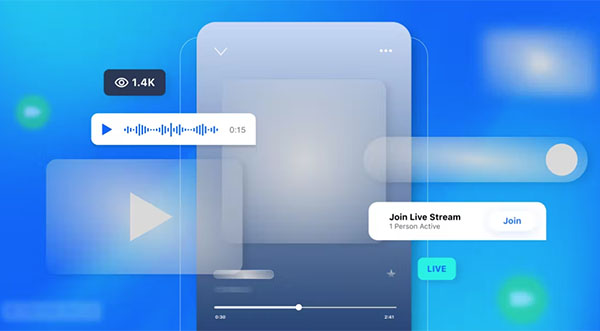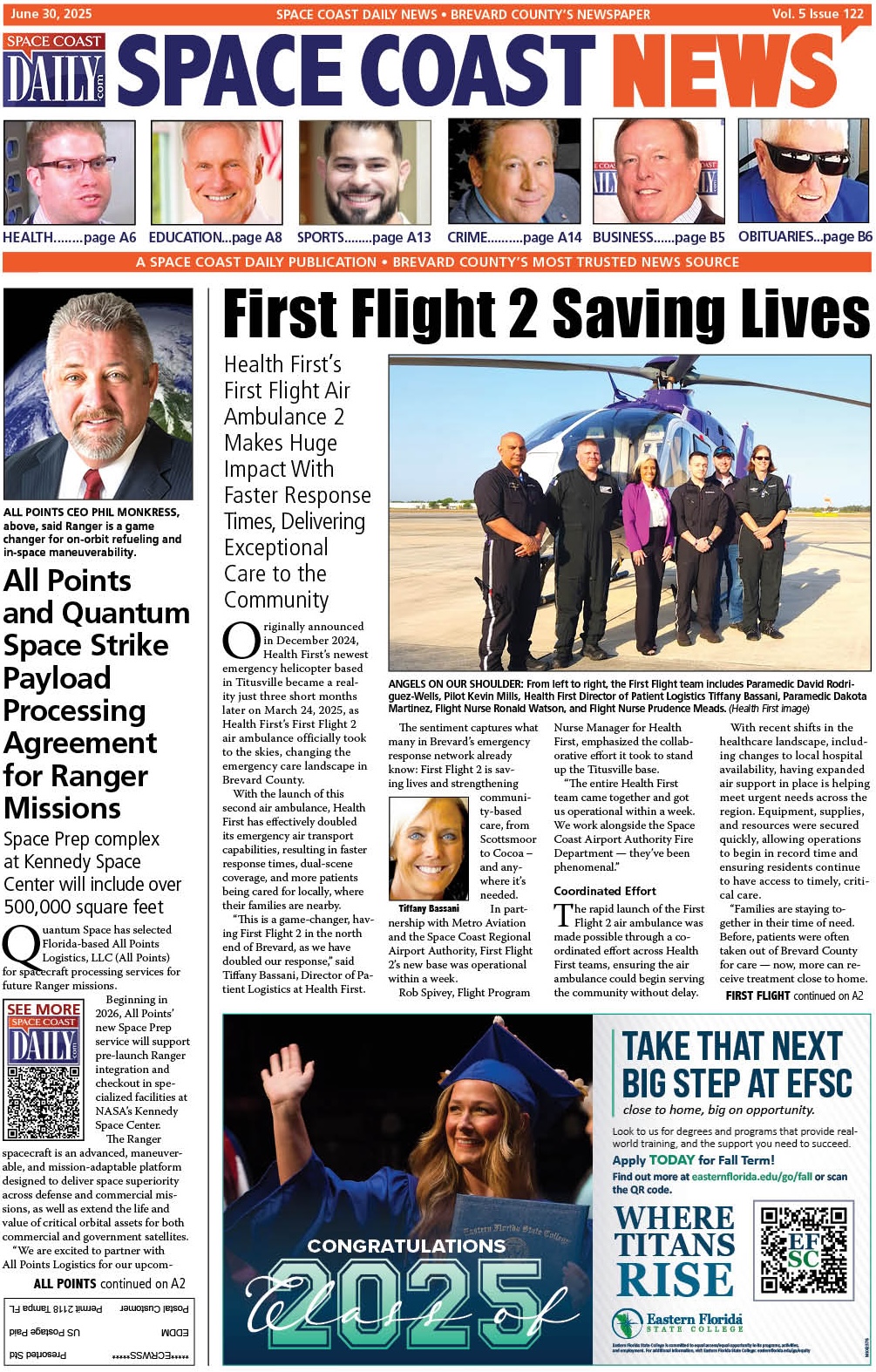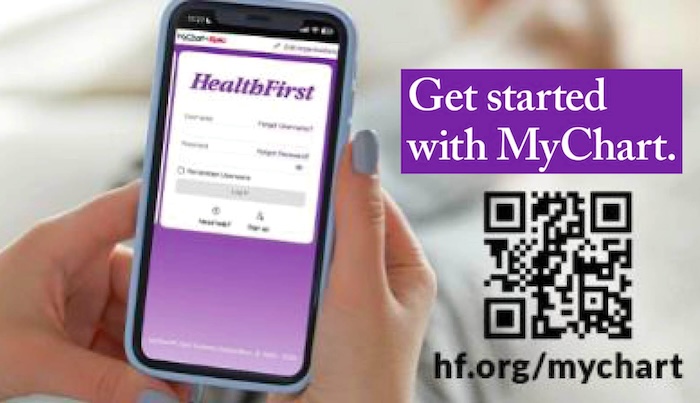The Basics of Live Streaming App Development in 2023
By Space Coast Daily // March 21, 2023

The media landscape of today is dominated by live streaming. This kind of content is getting more and more attention from viewers every year.
Analysts predict that the global live-streaming business will grow to $223.98 billion by 2028. Live-streaming programs are being developed by an increasing number of companies, which explains why this sector is expanding.
What Exactly is a Live Streaming App?
Multimedia digital material is broadcast live via the Internet to a large audience by one presenter in real-time. A security camera feed, live sporting events, or on-demand material like TV shows and movies may all be included. The application cases for social, gaming, telemedicine, distance learning, online dating, eCommerce, and virtual events are enhanced by video streaming.
Among the most well-known live streaming services accessible to producers are Facebook Live, TikTok, Twitch, and YouTube Live. The ability to better manage the user experience, monetize your stream, and scale on your terms is provided by designing a custom app to host your brand’s live video – all this will help to make a video streaming app development company.
Live Streaming App Types And Examples
These are three different categories of live-streaming software:
Live-Broadcasting Software
This is the most popular kind of live-streaming software. Users of these apps are able to record, stream, share, and broadcast live audio and video to anybody with access using their devices.
Stream Video On Demand
Users of these platforms may plan and stream live their favorite TV shows using live streaming applications. Major websites like YouTube TV, Hulu, and Amazon Prime all provide this service.
Streaming Audio
Platforms for streaming audio allow anybody with a compatible device and access to record and listen to sounds in real time. Podbean, Spotify, and other popular applications in this sector are examples.
How to Create an App for Live Video Streaming
The creation of a live-streaming app will be covered in this part.
Have a Distinct Vision for Your Streaming App Idea
You must have a specific notion of the kind of software you want to create before you begin. We should also point out that creating a live-streaming application based on presumptions is not a good idea. Interviewing consumers will help you discover their true wants and preferences, which can help you make your app more user-friendly. Use customer feedback, surveys, and critical analysis to polish your vision.

Choose Your Team
The second stage of a successful project is integrating the correct team of software developers into your live application. The major three recruiting possibilities are in-house development, outsourcing, and freelance employment, and the current hiring market is highly active.
As freelancing isn’t designed for ongoing cooperation, you may either put together an internal development team or outsource your tech work. However, bear in mind that the second choice offers greater cost and team management flexibility.
Models and Design
You must choose a streamable platform and create an excellent UX/UI for your app. If you want to differentiate yourself in a market that is very competitive, a fantastic user experience is crucial. You must thus spend money on UI/UX design. An uncluttered interface often performs better than one that is crowded.
Create and Evaluate your MVP
Your development team will prioritize essential functionality for your minimal viable product after they have the final design layout (MVP). An MVP consists of the bare minimum of functionality required to test your product with actual customers. Yet, it’s still important to thoroughly test a minimal viable product to get rid of defects and enhance functionality.
Releasing and Enhancing
Using reliable testing tools and pre-launch reports, you must debug your app before releasing it. By doing this, you may find technical issues and fix them before your app is made public. Get information and data from the beta testers, then examine the analytics for user engagement and app stability. Finally, depending on your findings, make adjustments and include additional features. To prevent violations, make sure your app bundle complies with the Store’s target API level criteria and continue to enhance your app based on this feedback and store standards.
Conclusion
Understanding and executing a video streaming service app may be challenging for both new and existing enterprises.
Even if it involves a range of technologies, features, and functionality, it is advisable to hire a mobile app developer that can help you create a basic app wrapped in advanced features and capabilities that helps you achieve a strong position in the market.












